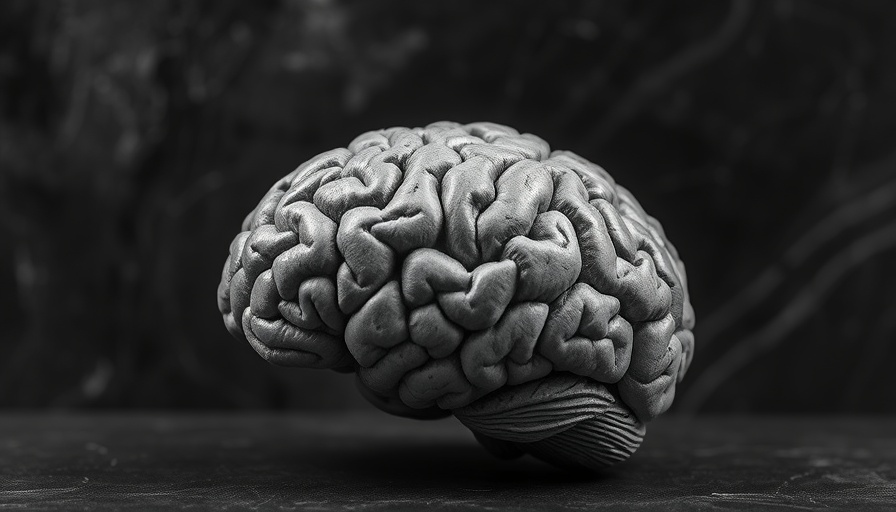
Understanding CTE: The Silent Epidemic
Chronic Traumatic Encephalopathy, or CTE, is a brain condition that has gained significant attention due to its link with repetitive head injuries, particularly in contact sports like football and boxing. Recent headline stories have thrown CTE into the limelight, notably following the tragic events involving Shane Devon Tamura, who mentioned his belief that he suffered from CTE before committing an act of violence. His note raised critical questions about the implications of CTE, revealing a deeper narrative about mental health and the consequences of physical sports.
The Disconnect: CTE and Sports
The connection between sports and CTE is undeniable. Many athletes expressing symptoms have recounted their experiences, but misdiagnosis remains prevalent. According to Dr. Ross Zafonte, “CTE is linked to repetitive brain trauma and has a distinct pathology that can only be diagnosed at autopsy.” This means that many individuals might be living with undiagnosed CTE, causing potential long-term ramifications for their mental health.
The Science Behind CTE
CTE manifests through changes in brain structure due to repeated trauma. Dr. Maura Boldrini emphasizes that microstrokes resulting from such trauma can go unnoticed until serious symptoms appear. Researchers have also introduced a related syndrome, Traumatic Encephalopathy Syndrome (TES), which could help identify at-risk individuals while studies continue on how to diagnose CTE in living patients. This ongoing development is crucial for athletes, particularly in the Myrtle Beach area where many are involved in sports.
Understanding the Risks
Contact sports are not the only risk factor. Other activities with a potential for head injury can also contribute to CTE. For residents of Myrtle Beach, staying informed about sports safety and recognizing symptoms such as mood swings, memory loss, and confusion is essential. Although the thrill of playing sports is a significant aspect of many lives in communities like North Myrtle Beach and Surfside Beach, it is crucial to balance passion with health awareness.
Moving Forward: What Can Be Done?
Awareness about CTE can drive important conversations about safety measures within educational institutions and local sports leagues. This awareness should lead to initiatives that prioritize athlete health, including training coaches to recognize the early signs of brain injury and implementing strict return-to-play protocols. Communities like Pawleys Island, Murrells Inlet, and Georgetown can rally together to support local programs aimed at education and advocacy to reduce the risks associated with CTE.
Common Misconceptions about CTE
While awareness has grown, misconceptions about CTE abound. Some people believe that only professional athletes are at risk; however, amateur athletes are just as vulnerable if they engage in contact sports. Moreover, CTE can develop even with minor repeated concussive injuries that go unnoticed. Thus, it's vital for everyone in recreational leagues across the Grand Strand area—from Cherry Grove to Atlantic Beach—to stay educated about the risks involved with brain injuries in sports.
Local Perspectives: Communities Rallying for Change
In areas like Windy Hill and Garden City, family and community members are encouraged to prioritize healthy discussions about sports injuries. Think of CTE as not just a medical condition, but a community concern where awareness can improve safety protocols and diminish risks. Facilitating local workshops about proper tackling techniques and the importance of protective gear can help, ensuring that sports remain a fun and safe part of life.
As we continue to discover more about CTE, residents in the Grand Strand of South Carolina are urged to engage with this critical public health issue. Understanding the complexities of this brain injury can empower individuals and families to prioritize their health and well-being, particularly in communities that cherish physical activities.
 Add Row
Add Row  Add
Add 





Write A Comment